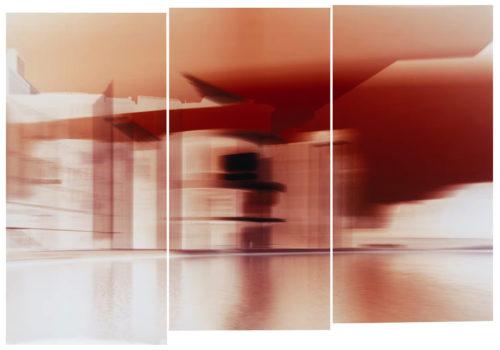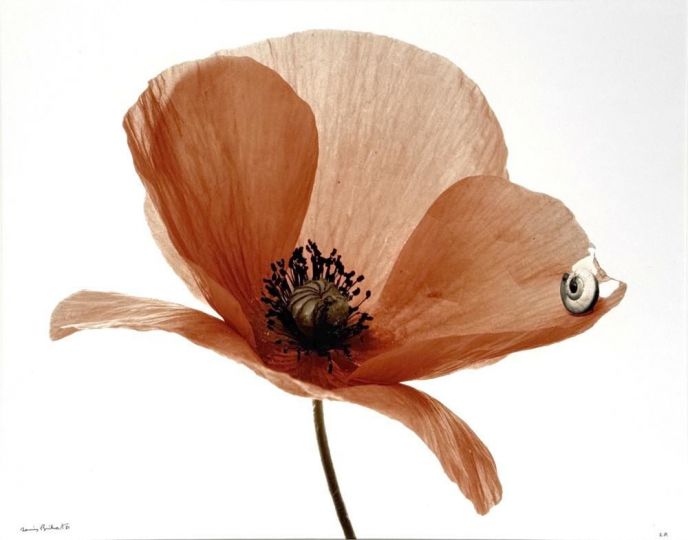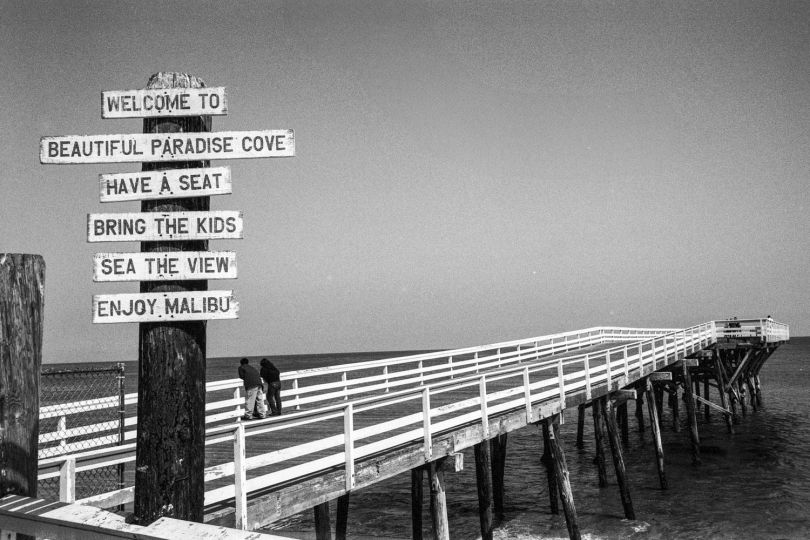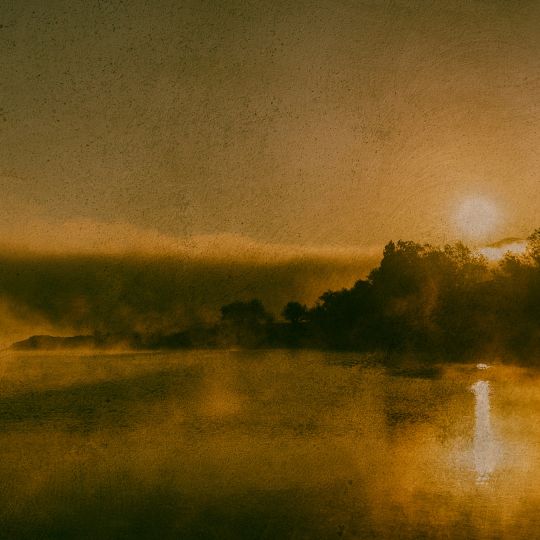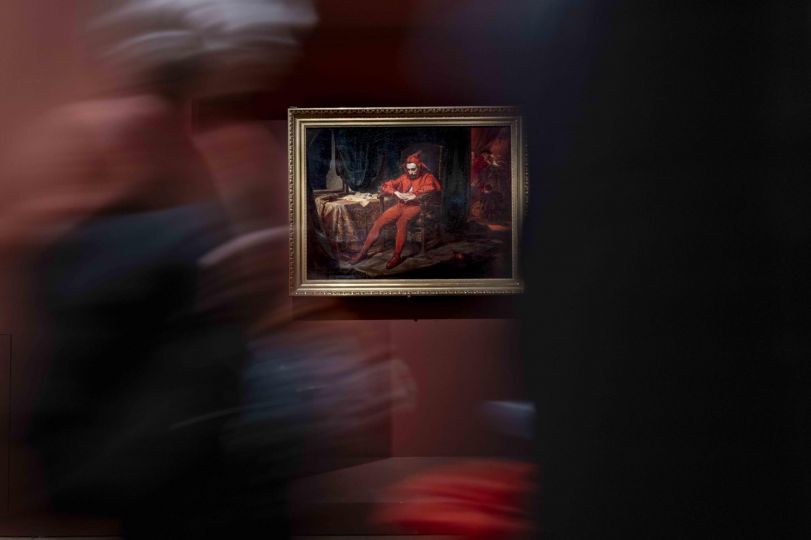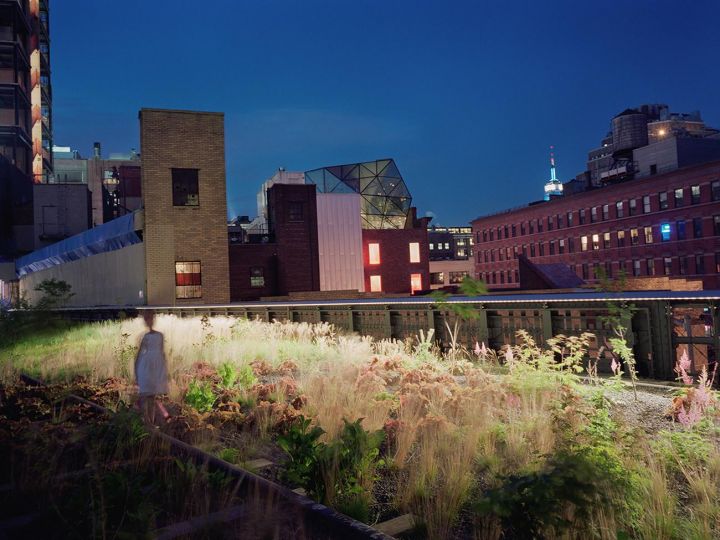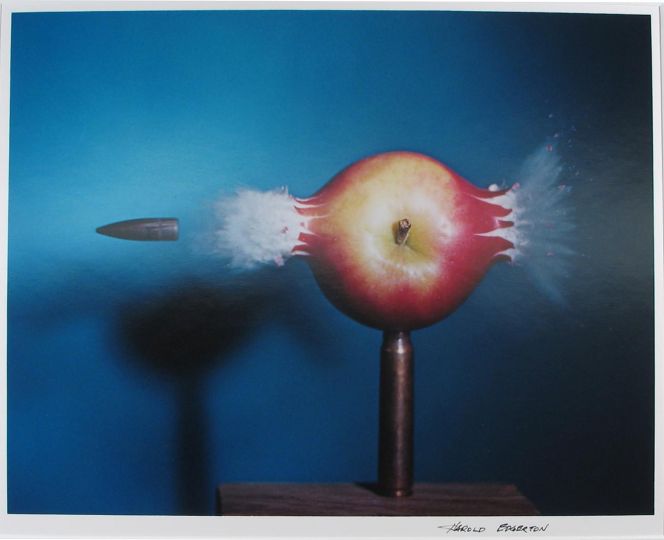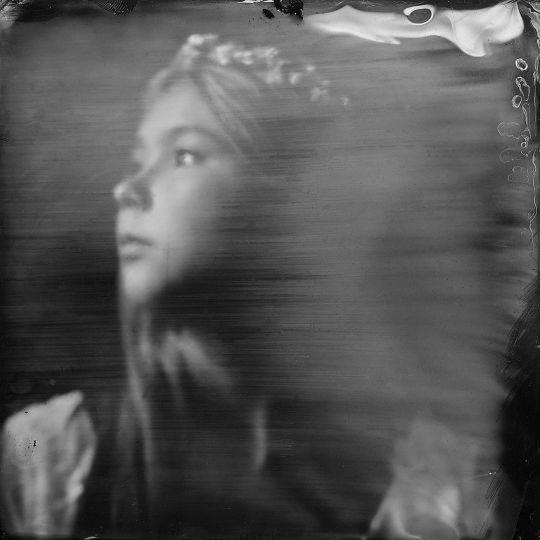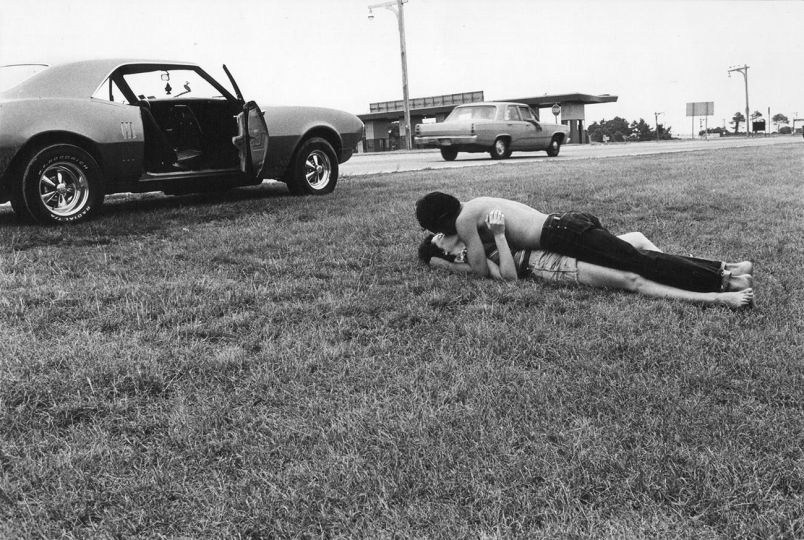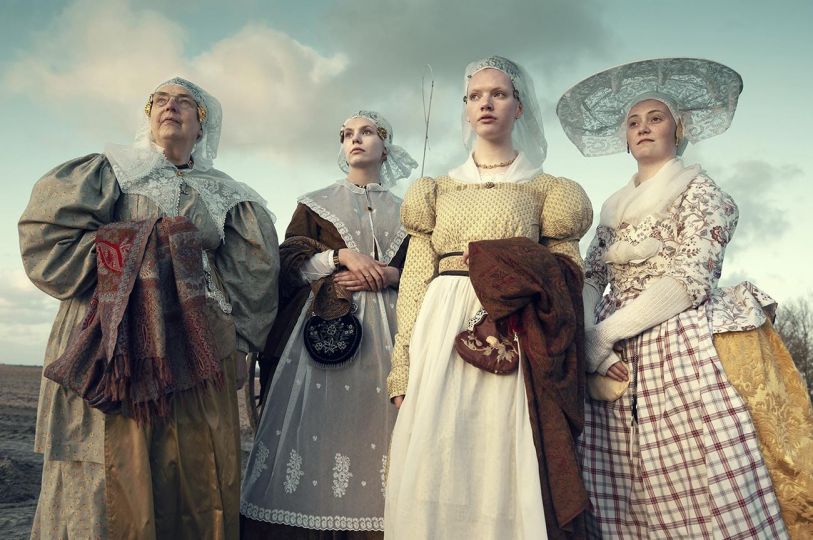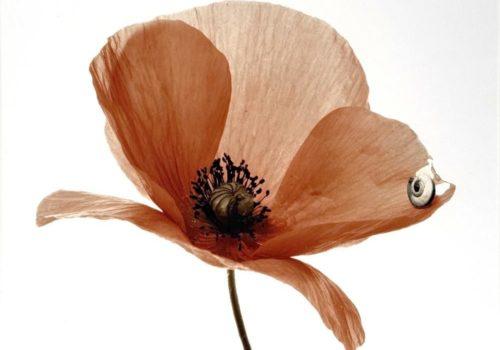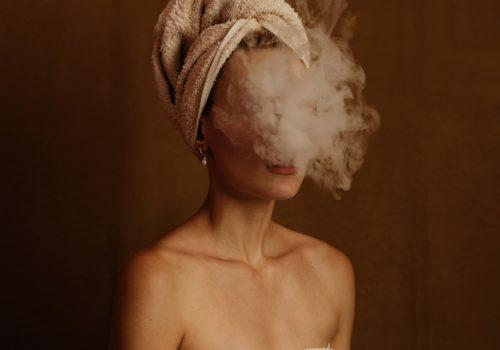Elusive movements, warm atmospheres, vivid renderings… Last June, at the Polish Institute in Berlin, the Polish artist presented a series of life-size color paper negatives made with his camera obscura mounted on a boat. After photographing Europe’s riverscapes, Maciej Markowicz focuses on Berlin, telling the story of this city whose vibrant heart follows its canals, embracing the mood of the waves, in pursuit of (lost) time. He invited us aboard his boat to share a photography technique that demands great patience, against the tide of our times. An exchange.
Noémie de Bellaigue – Camera obscura is the seed of the process for making photos. How did you realize that this was the method that suits you best?
Maciej Markowicz : I’ve always been fascinated by the idea of light being exposed on a piece of paper and the image getting recorded on it. I began experimenting with early photographic processes in 2008 and decided to recreate Fox Talbot’s calotypes process from 1839, by making a piece of paper sensitive to light using modern chemicals. During that time, I was studying photography in London and had my own darkroom at home. One afternoon, I turned my darkroom into a camera obscura and fell in love with this simple optical phenomenon. I felt so comfortable being inside the camera filled with light. This sensation is what made the camera obscura my favorite method.
NB : At a time when digital technology was just reaching new heights, why did you prefer the camera obscura above all others?
MM : I personally feel that my life has become digitally processed and digitally possessed. For me, camera obscura is the magic temple of light where I can hide from all the tempting distractions of the modern world and truly focus on my work.
I have always desired to have a tactile relation with my process, I need to feel it and to be with it. I was loving this idea of directness and honesty of the simplified photographic process that boils down to light getting exposed on a piece of color photographic paper. After developing the image, what has been recorded is the final artwork.
The process however is unforgiving and after using the exact same process for 12 years there is always a degree of surprise. I use the same photographic paper, the same lenses, the same filters and the result would never be the same.
NB : Could you recall your photographic journey from these early days?
MM : Since the beginning of my artistic journey, I was fascinated by the alchemy of photography, the early processes, and the powerful honesty of camera obscura, the idea of being inside the camera obscura, that allows me to be in the moment, here and now. To experience this very moment that is here yet already gone.
Ever since that initial discovery of camera obscura in a darkroom in London, I began exclusively exposing images directly on color photographic paper. I used an 8×10 camera, placing a piece of color photographic paper inside to expose the images directly. This exploration led me to New York and road trips in the southwestern United States.
Even though I was working with camera obscura and direct exposures for a few years by then, I wasn’t fully satisfied with my process. I felt something was missing. One evening in Autumn 2012, I remember vividly, when I was going from Williamsburg to Manhattan by train, and while in a tunnel, the lights inside went off and the light from the tunnel started flashing and projecting those incredible moving images all around the interior of the wagon… This was the moment when I realized that I had to put my camera obscura loaded with color photographic paper in motion!
NB : Chasing time… What does that mean to you?
MM : It feels to me that I’ve spent all my life trying to catch up with time. It goes back to the early days of my life. Hyperactive as I was, my grandmother used to call me “pedziwiatr” (“roadrunner” in Polish) because I was always gone with the wind.
During my childhood, I suddenly got very sick. Nobody knew what was wrong. My parents were taking me from doctor to doctor, and nobody gave me a chance to survive. But one doctor didn’t want to give up on me and saved my life. Ever since that traumatic experience, I was never the same: I became extremely sensitive to time. I struggled with passing time, trying to catch up with it. And when I think about it with hindsight, it is exactly what I still do: I am inside a moving camera obscura, chasing time and catching the light on a piece of paper.
NB : How did you make your camera obscura movable?
MM : The same day I realized that motion was a missing ingredient in my photographic process, I made a sketching of the floating camera obscura concept which was a canal barge that has a large darkroom on the board where people can enter and experience the world in reverse while cruising down the river. However, after perfecting this idea, I had no means to begin building the boat at that time. So I found an old VW bus in Brooklyn and with my friend we restored it and turned it into a camera obscura van in which I spent 2,5 years photographing New York City, hidden inside a moving camera, photographing the vast metropole completely incognito.
In 2017, thanks to a scholarship and the support from people, I was finally able to build the Camera Obscura Art boat. The machine and I became symbiotic, traveling together through space and time, allowing me to satisfy my need to move from my childhood and my need to try to catch up with time by catching light on a piece of photographic paper.
As every artist, I was searching for my place in the vast landscape of art and photography. I found it 12 years ago inside the moving camera obscura which carries me within. It felt natural for me to build a photographic device that can embody me and set me free in constant motion.
NB : What attracts you to Berlin’s urban landscape?
MM : In Berlin, water is a defining, living element of the city that everyone experiences at one time or another. The Spree river flows gently through the city center, creating a unique urban landscape built on and around the river, making it a crucial part of the city’s vibrant picture. The light here is also very special. My usual routine in Berlin involves photographing the city from the water. I start very early in the morning when the city is still asleep. I get into my camera obscura boat before sunrise and begin my morning cruise through the Spree, watching the sunrise and following the changing light throughout the day.
Berlin has a rich and diverse art scene, and I really appreciate the open and creative environment of this city. Berlin is just the perfect imperfect city for me. Every city has its own genius loci, the spirit of place, and every place has its own zeitgeist, the spirit of time. Berlin, too, with the scent of blooming pink cherry trees mixed with the scent of everyday life and the silence of the rising sun over the Spree.
NB : You always set the shutter speed of your camera obscura to 8 seconds. Why 8?
MM : 8 seconds is a magic number that allows me to stop and appreciate things, to feel time. I feel that my perception of time has been influenced by the constantly increasing speed of modern life and I sometimes find myself not being able to appreciate the time as I would like to.
This is why 8 seconds is my time window to stay in the moment and appreciate the here and now. The technical number for exposure on color photography paper in the dark room is also 8 to 10 seconds. This number that is both an artistic and a technical decision is an important part of the consistency of my process.
Maciej Markowicz offers camera obscura tours abroad his boat. To book: www.maciejmarkowicz.com

